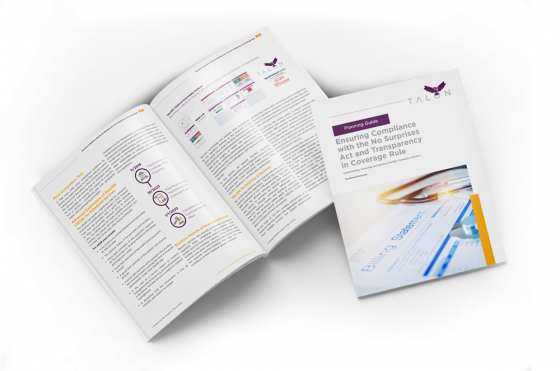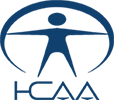Just when you thought we were done talking about health savings accounts, here we are again talking about HSAs. We’ve outlined HSAs before, but new reports indicate that they may be more of a necessity than simply an added benefit. One thing we’ve spent a lot of time discussing is the use of HSAs as a second retirement account, and now there’s even more evidence supporting why that is such a keen idea.
HealthViews recently issued their “2015 retirement healthcare costs data report,” which was highlighted in this Time article. And with the report came some startling numbers concerning healthcare costs and retirement. Reader discretion: The numbers you are about to see may be disturbing.
If you are going to retire this year, you can expect to pay around $133,295 for healthcare throughout your retirement. That’s the price tag for just one individual! And by 2025, medical retirement costs are expected to jump to nearly $165,500 for an individual! That’s a 20% increase over the next decade!
So what do we get for this high price of healthcare? Medicare parts B and D. This kind of coverage includes preventive care and the cost of prescriptions. This price tag also includes a Medicare supplemental insurance policy, a popular purchase among Medicare recipients who are looking for help paying co-pays and deductibles.
Now for the out-of-pocket costs… Oh, you thought that was covered in the hefty price tag we revealed to you above? We’re afraid not. So what does our grand total come to when we add the estimated out-of-pocket costs for dental, vision, and hearing medical services, in addition to co-pays? Let’s take a look at the graph below to compare individual retirement healthcare costs with and without estimated out-of-pocket expenses.
Graph: MMS Analytics, Inc.
The total is approximately $197,477 for a healthy individual when you add the estimated out-of-pocket medical costs. So that’s an extra $64,000 when the estimated out-of-pocket costs are considered. What may be even more concerning is the increase in retirement healthcare costs over the next decade whether you figured in out-of-pocket costs or not.
So with all this bad news, is there any good news? The good news is that there is one way to counteract healthcare costs in retirement, and it’s by setting up an HSA, which you’re probably eligible for if you have a high-deductible health plan. If you already have a 401(k) then you can think of an HSA as a second retirement account, except it’s completely tax-free for medical expenses.
Many employers contribute to their employees’ HSAs, so you might have some help saving. And in case you’re wondering, here are this year’s maximum HSA contribution levels for individuals and families:







